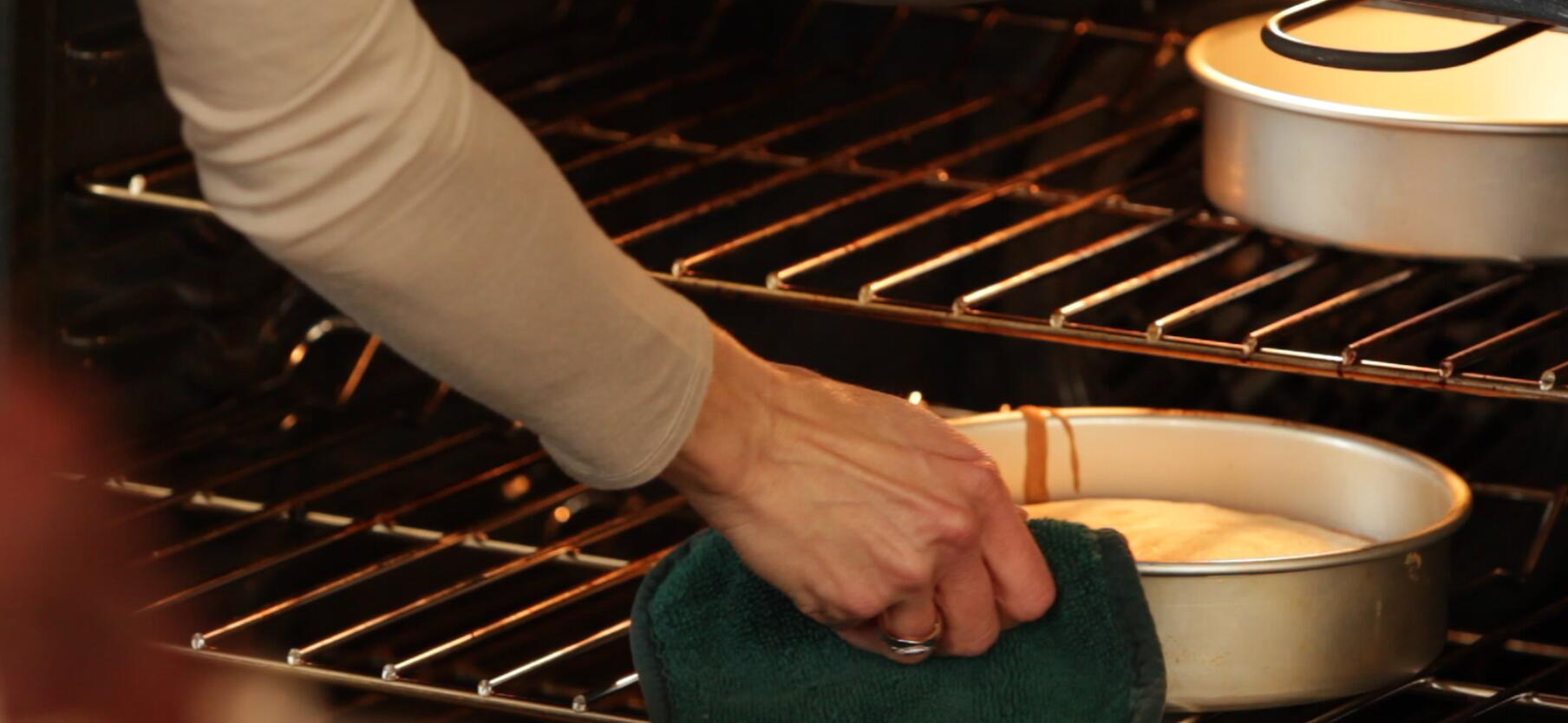When it comes to baking, the right tools can make all the difference. Among the most crucial components of a well-stocked baking arsenal is the humble baking pan. But with so many options available, selecting the perfect pan for your specific needs can be overwhelming. In this article, we'll explore the importance of choosing the right baking pan and provide guidance on how to make an informed decision.
The material used to construct your baking pan is a crucial consideration. Aluminum pans, for example, are lightweight and conduct heat well, making them ideal for delicate baked goods like cakes and cookies. In contrast, stainless steel pans are more durable and resistant to scratches and corrosion, making them a better choice for heavy-duty baking tasks like roasting vegetables or cooking large batches of bread.
Another key factor to consider is the size and shape of your pan. A larger pan can accommodate more batter or dough, making it ideal for big batches or crowd-pleasing desserts. On the other hand, a smaller pan may be necessary for delicate pastries or precision-cut slices.
By choosing the right baking pan for your specific needs, you can ensure that your baked goods turn out perfectly every time. Whether you're a seasoned baker or just starting out, investing in quality pans is essential for achieving the best results

